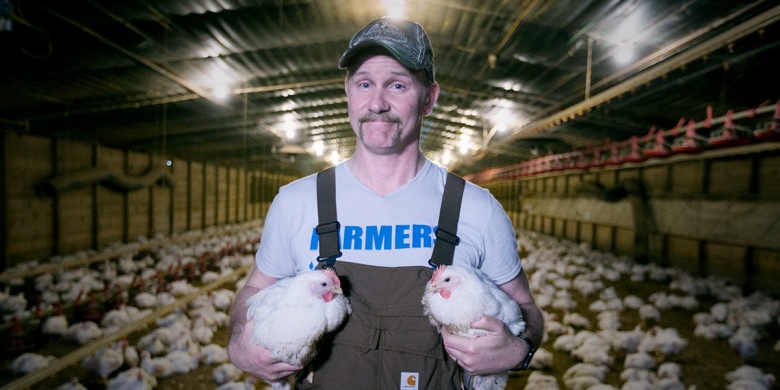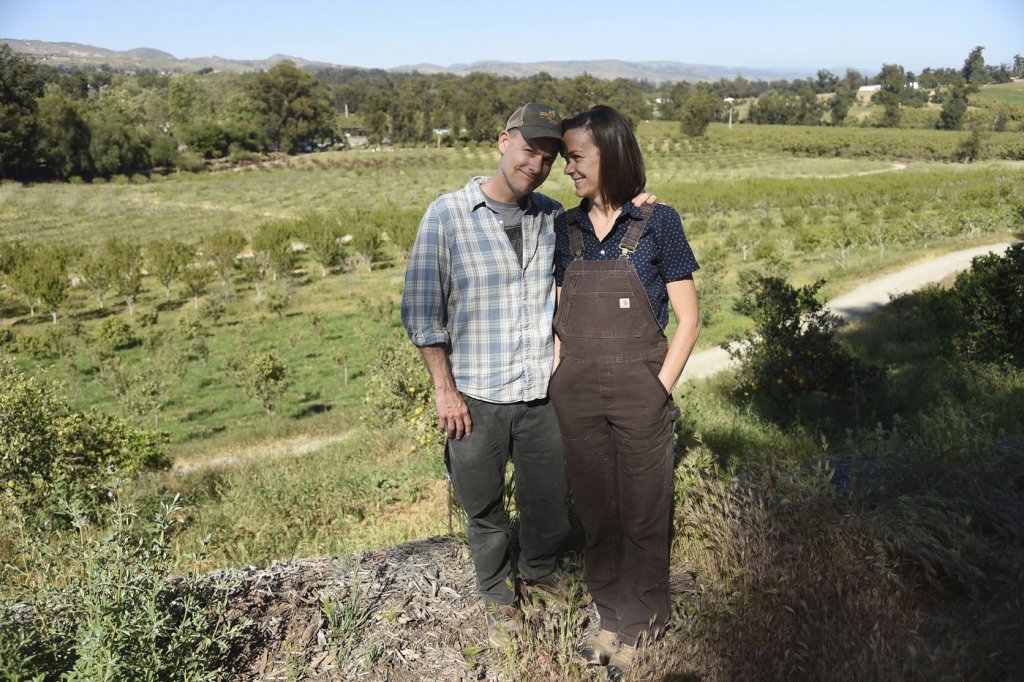RIO DE JANEIRO, BRAZIL – Morgan Spurlock is back on the big screen with “Supersize Me 2: Holy Chicken!” In case you hadn’t guessed, this latest film is the sequel to the first “Supersize Me,” and it has the same Spurlock-centric gimmickry that first brought the filmmaker into the documentary limelight.
In his first supersizer, released in 2004, Spurlock filmed himself stuffing himself with a steady diet of fast food for thirty days — to “investigate” what effects the cholesterol-laden vittles served up by McDonald’s and market share competitors would have on his health.
The results? The self-styled crusading guinea pig wound up severely overweight, with dangerously high blood pressure and potentially death-dealing levels of cholesterol in his blood.
Actually, the results weren’t surprising. Public health officials, legions of physicians, and the Mayo Clinic had already issued warnings about adverse health conditions brought by a diet of fast food. But Spurlock’s dramatic approach was a grabber.
While his doctors warned Spurlock that he was inching towards a heart attack, the filmmaker boosted audience empathy by frequently phoning his then-pregnant wife to see how she was faring and to assure her of his survival. The poignant Mrs. S. heightened the drama, enhancing the human interest aspect of Morgan’s otherwise rather “stagy” story.

“Supersize Me” seemed new and fresh. The theme was timely. The film grossed US$11,5 million (R$46 million) worldwide and was nominated for the Best Documentary Oscar. And Spurlock was a star.
In the fifteen years since “Supersize Me,” Spurlock has featured himself in several feature-length documentaries and numerous nonfiction television series, leading up to this reprise of his first spotlight-seeking performance.
In “Supersize Me 2: Holy Chicken!”, Spurlock again assails the fast food industry, this time documenting himself establishing “Morganic Farm”, a company that develops a healthy fast food restaurant, and an “organic” farm to provision it.
Spurlock follows himself seeking an ideal community in which to locate (Columbus, Ohio), finding the right building (a former Wendy’s), getting advice from food marketing experts about outfitting his eatery with subliminal cues and overt buzz words that support the health theme – strategies borrowed from the “health washing” tactics of McDonald’s and other chains to create a “health halo” around their menus.
While interviewing fast food honchos — chefs, fast food emporia managers, and addicted customers — Spurlock frequently nods to the camera with the “wink-wink” countenance that has become his trademark.
What’s revealed? Fast food franchises claiming to have revised menus offering healthier fare have merely rebranded standard items, deceiving the public with misleading descriptive language. That useful information could be as effectively delivered in an article — wink wink.

Chicken is deemed the best/healthiest/most economical fast-food meat, so Spurlock buys a chicken farm so he can claim humane treatment of the birds from hatchling to slaughter.
The Morganic layout isn’t that different from other chicken farms, but the birds are spared growth hormones used at farms under contract to “Big Chicken”, the market-controlling consortium of Tyson, Pilgrim’s Pride, Sanderson Farms, Perdue, and Koch Foods. Spurlock’s struggle to find organic chicks leads to revelations about Big Chicken’s egregious business practices that keep chicken farmers in economic servitude.
More valuable info that’s been previously exposed in “Food. Inc” (2008) and other compelling documentaries.
“Supersize Me 2” builds so little suspense that revealing the dénouement can’t be considered a spoiler: Spurlock opens his Holy Chicken! café. Long lines of patrons sample the fare, concur it’s delicious, declare they’ll become regulars. And, biz whiz Spurlock finishes his entrepreneurial essay with trumpeted news that he’s been offered a franchise deal.
If “Supersize Me 2” turns another multi-multi-million profit it will probably be from the pending franchise, rather than from film-related revenue. But, the film has already earned $3.5 million from its sale to YouTube Red, following its 2017 premiere at the Toronto International Film Festival. 2017 premiere? Why the delayed-release? That story is an intrigue, perhaps more compelling than the film.
“Supersize Me 2” was shelved after Spurlock, in a December 2017 impromptu outburst on Twitter, declared himself a #MeToo offender who’d sexually harassed female employees and been unfaithful to his wife. The unprompted confession came as film industry honchos – hello Harvey Weinstein! – were being accused of sexual trespasses. Many deemed Spurlock’s voluntary disclosure to be a preemptive ploy to avoid formal accusations and punishment. If that was the strategy, it worked. Other than having to exit his production company, see “Supersize Me 2” dropped by YouTube and lose its US premiere at Sundance Film Festival 2018, Spurlock suffered no consequent punishment.
In “Supersize Me 2,” he’s back to his old act. For the ever enterprising Spurlock, this must be a better-late-than-never scenario. Audiences, however, might take a different view.
The Biggest Little Farm is a Must See
Now, if you’re hankering for a more heartening documentary about food production, sustainability, and a healthy lifestyle, treat yourself to a viewing of “The Biggest Little Farm,” the first feature from director John Chester, who chronicles his life-changing transition from urban dweller to holistically organic farmer.
The adventure begins when Chester and his wife, Molly, are evicted from the L.A. apartment because their dog, Greasy, barks incessantly when they leave him alone. After careful consideration of personal values and life goals, the Chesters buy an arid 200-acre disused farm located an hour’s drive north of L.A. Over an eight-year period, they revitalize the lifeless soil by companion planting a wide variety of fruit-bearing trees and all sorts of vegetables, including exotic varietals, in such a way that they protect each other from infestation – without the use of toxic insecticides.
The couple raises sheep, cattle, ducks, and chickens (take note Morgan Spurlock: farmer Chester’s hens lay organic eggs that regularly sell out at the local farmers’ market). And, they nurture a beloved pet-like supersized sow named Emma, who births adorable piglets by the dozens. All the animals are contentedly free-range, which also means they are utilized to fertilize the soil with their poop.
The animals are raised for consumption, which initiates the Chesters’ and our serious contemplation of the food chain’s implicit balance between life and death. For the Chesters, that entails figuring out what to do keep sly coyotes from eating their chickens. They abhor unnecessary killing, so finding a solution is a serious challenge.
As viewers of the documentary, we join John and Molly on their learning curve about how every living thing – plant and animal – plays a role in nature’s harmony. An example: when a massive infestation of snails threatens their crops, the Chesters discover that their ducks delight in dining on snails. Problem solved, naturally.
Fire and flood disrupt the Chesters’ idyllic agrarian existence, but they survive the traumas and learn from them. When a drenching rainstorm turns their fields into ponds, they anticipate the disaster of unusable acreage. But they find that their revitalized soil absorbs the water and replenishes the aquifer. On neighboring single-crop farms, topsoil washes away into the rivers and sea.

Nature’s wonders large and small are revealed with exquisite cinematography, including stunning drone shots that show how the farm gradually transforms from an expanse of dust into a lushly verdant landscape.
After a year screening at film festivals, “The Biggest Little Farm” is releasing in theaters, on DVD, and on-demand. This superbly crafted and inspiring documentary is one of the year’s best, a must-see.

